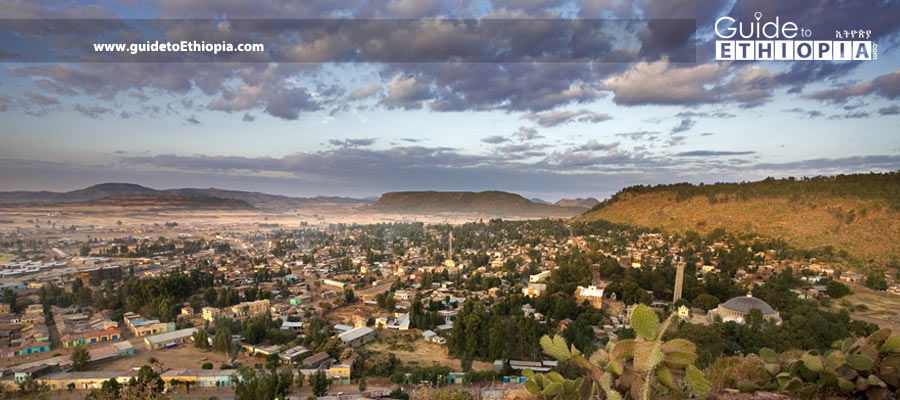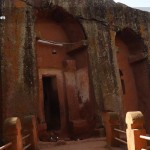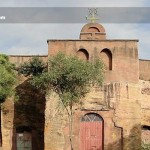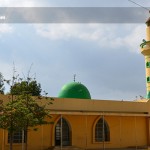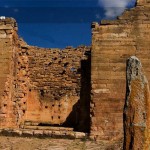The ancient Axumite civilization, whose capital was the town of Axum, the oldest town in Ethiopia and a world heritage site, was one of the greatest empires in existence during the height of its power, its lands reaching all the way from the Ethiopian highlands across the Red Sea to present day Yemen in Southern Arabia.
The town of Axum was the capital of the empire for centuries and although its long and significant history might not be immediately apparent just by strolling through the somewhat sleepy town, in its day it was one of the busiest, richest and most cultured urban centers in the world which rivaled Babylon or Alexandria in its grandeur.
The Axumite Kingdom was one of the great civilizations of the ancient world and has left us spectacular reminders of its former glory in the form of fields of stelae (obelisks), ruins of palaces, burial chambers and stone inscriptions at Axum. It was one of the ancient world’s most powerful kingdoms, controlling the trade routes through the Red Sea between the 4th and 6th centuries.
The importance of this trade is to be seen in the Axumite currency; gold, silver and bronze, which was inscribed either in Greek or Geez, and issued for several hundred years by over twenty different Axumite kings. Most of the coins were struck in Axum itself, but other coins were minted at Adulis, the Axumite’s port city, as well as in South Arabia, part of which was under Axumite control in the 16th century.
Through its port at Adulis, a huge variety of African commodities such as gold, ivory, animal skins and aromatic gums were shipped to Egypt, Italy, India, Persia and Sri Lanka while textiles, knives, swords, drinking cups, metal and luxury goods such as gold and silver plate, military cloaks for the nobility, olive oil and lacquer ware were imported.
The most important reminders of this ancient civilization are a set of stelae, each carved from a single piece of granite, the site of the palace of the Queen of Sheba and the Ethiopian equivalent of the ‘Rosetta Stone’ with inscriptions reporting the military achievements of the Axumites over their enemies in three ancient languages. Axum was the center of early Christianity in Ethiopia (the oldest church was founded in the 4th Century AD. when King Ezana was converted) and it is believed that the church of Tsion Mariam is the resting place of the Arc of the Covenant, having allegedly been brought back from Israel by Menelik, son of Queen Makeda (the Queen of Sheba) of the Axumites and King Solomon the Wise

